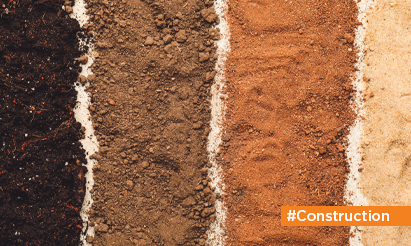Crafting the Foundation: How Cement is Made for Construction?
Cement is a vital binding material used in construction to make concrete, mortar, and other building materials. It is manufactured through a process called cement production or cement manufacturing, which involves several steps. The most common type of cement is Portland cement, which is widely used in the construction industry. Here’s an overview of how cement is made:
- Extraction of Raw Materials: The primary raw materials used in cement production are limestone, clay, shale, sand, and iron ore. These materials are extracted from quarries or mines and transported to the cement plant.
- Crushing and Prehomogenization: The extracted raw materials are crushed into smaller pieces to make them suitable for further processing. They are then prehomogenized to ensure uniform blending of the materials.
- Raw Meal Grinding: The prehomogenized raw materials are ground into a fine powder known as “raw meal.” This process usually takes place in a ball mill, where the materials are mixed and pulverized.
- Clinker Production: The raw meal is heated in a rotary kiln at extremely high temperatures (around 1450°C or 2642°F) to form a new material called “clinker.” The clinker is a fused mass of partially molten material, which consists of small balls or nodules.
- Cooling of Clinker: After the clinker formation in the rotary kiln, it is cooled rapidly to avoid agglomeration and store the clinker in silos for further processing.
- Addition of Gypsum: To control the setting time and other properties of cement, a small amount of gypsum (calcium sulfate dihydrate) is added to the clinker during the final grinding stage.
- Final Grinding and Storage: The clinker, along with gypsum and other additives, is finely ground to produce the final cement powder. This grinding process typically occurs in a ball mill or vertical roller mill. The resulting cement powder is then stored in silos.
- Packaging and Distribution: The final cement product is packed into bags or stored in bulk in silos for distribution to construction sites or retail outlets.
It’s important to note that the cement production process can vary slightly depending on the type of cement being produced and the specific technology used by the cement plant. Additionally, the environmental impact of cement production is a significant concern, and efforts are being made to reduce energy consumption and greenhouse gas emissions associated with cement manufacturing.
Disclaimer: The views expressed above are for informational purposes only based on industry reports and related news stories. PropertyPistol does not guarantee the accuracy, completeness, or reliability of the information and shall not be held responsible for any action taken based on the published information.




